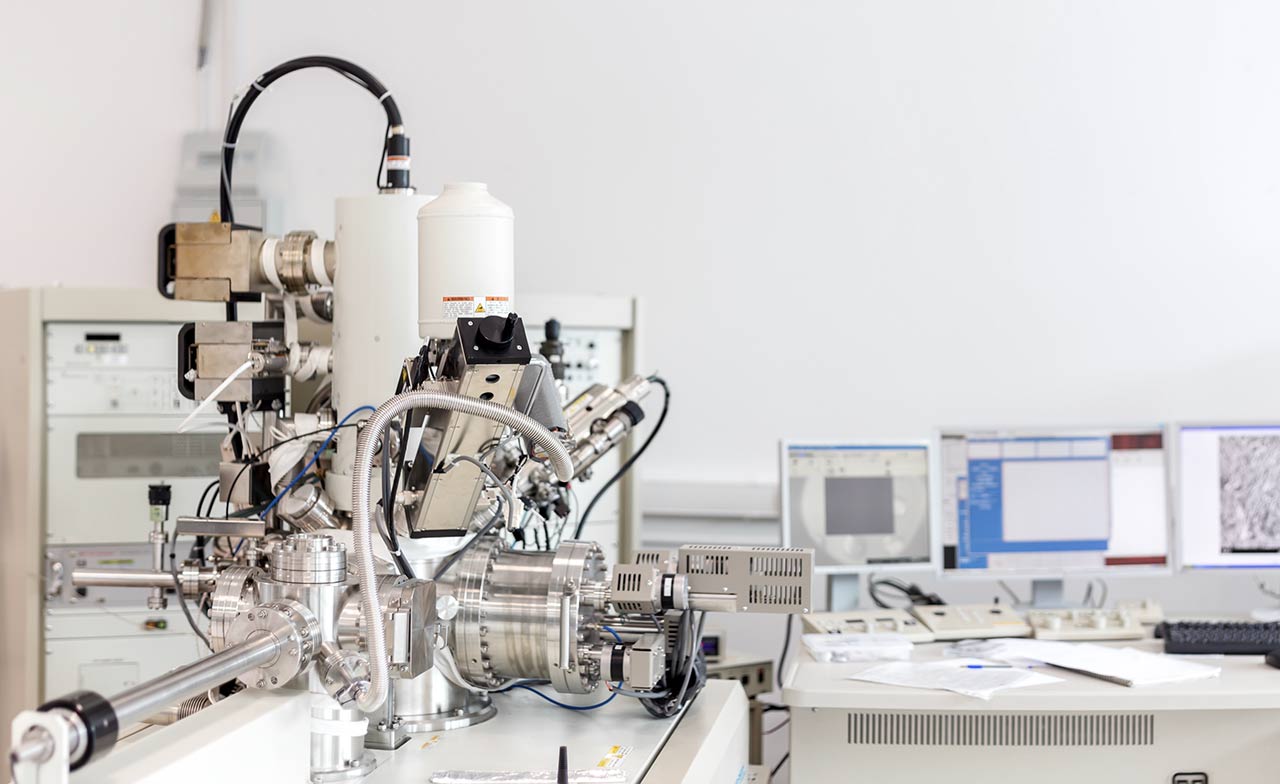Gram positive vs gram negative bacteria
A description of the morphological differences between gram positive and gram negative bacteria, and why they evolved this way.
Question
Gram positive vs gram negative bacteria
Answer
Gram-positive and gram-negative bacteria are distinguished experimentally by testing whether they retain Gram stain, a violet dye often used in imaging. Although this may seem like an arbitrary distinction, it has historically been one of the vitally important first steps in the identification of bacterial species.
Gram positive bacteria take up the Gram stain as a result of the chemical morphology of their cell walls. These bacteria generally possess a phospholipid cell membrane, surrounded by a very thick cell wall made of peptidoglycan (the space in between is known as the periplasmic, or ‘around cell’ space). The thick peptidoglycan layer is a series of well crosslinked chains of protein and carbohydrate, forming a thick mesh or web which retains the stain. Gram negative bacteria do not take up Gram stain. This is due to the presence of a thinner peptidoglycan wall, which is also enclosed within an outer cell membrane of lipopolysaccharide and protein, giving them two periplasmic spaces.
Although gram-positive bacteria’s exposed peptidoglycan cell wall is a target for a variety of antibiotics (including penicillin and vancomycin), gram-positive bacteria also appear to be the major producers of antibiotics in natural environments. Producing antibiotics is beneficial for bacteria, as it reduces competition for resources, and can produce more resources in the form of dead bacteria. Gram negative bacteria produce fewer antibiotics, but are also affected by fewer. It has been proposed that gram-negative bacteria’s outer cell membrane and second periplasmic space evolved specifically to defend against antibiotic attack.
Current theory is that the gram-negative bacteria evolved from the gram-positive bacteria. Although the Gram test does function reasonably well in identifying bacteria by cell wall morphology, some bacteria (eg Mycoplasma) stain gram-positive, despite not possessing a peptidoglycan cell wall. Deinococcus also stain gram positive, despite also having an outer cell wall, suggesting that they may be an evolutionary link between the two groups.
